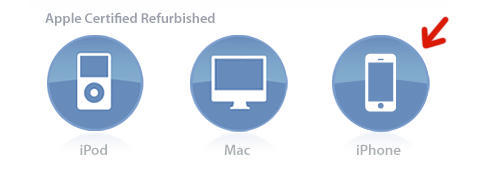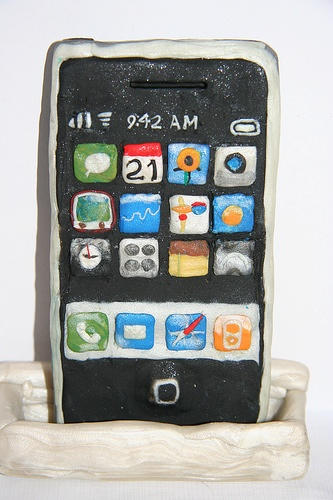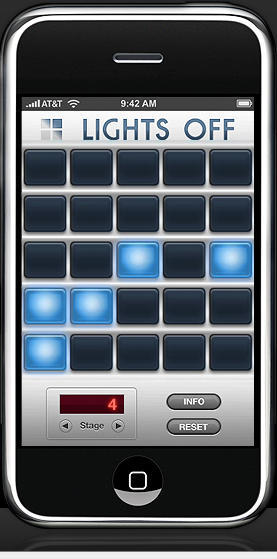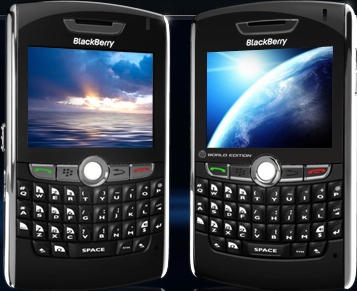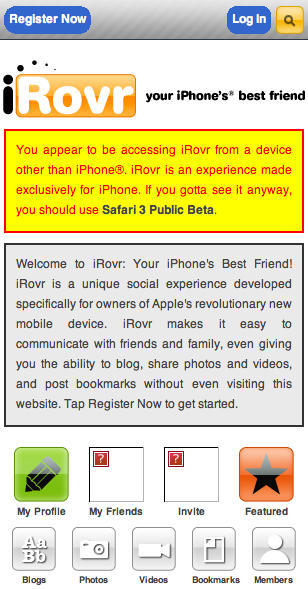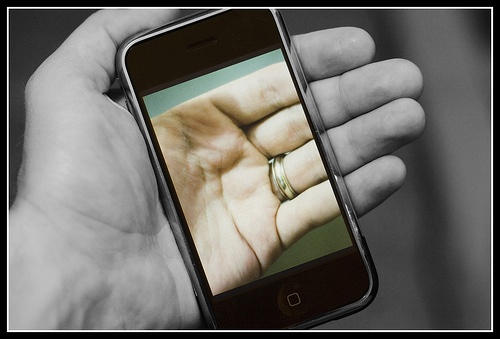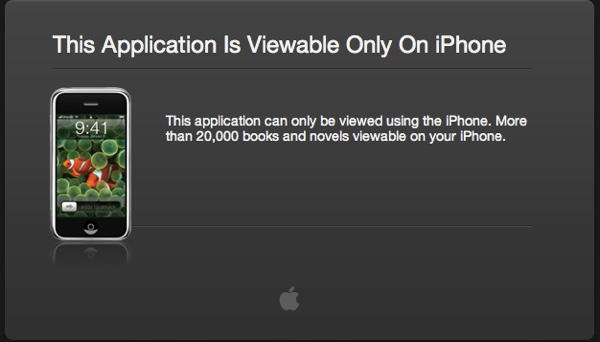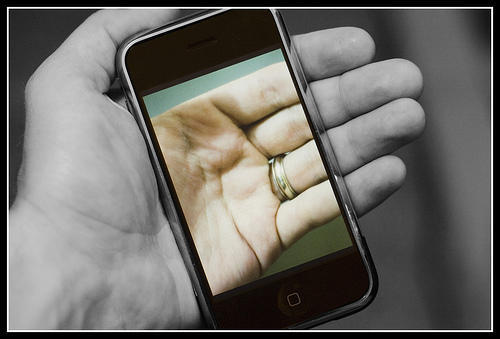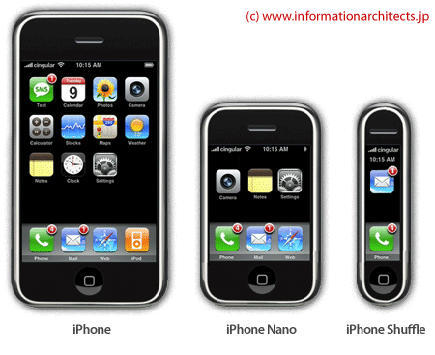Nothing Steve Jobs announced this morning was as surprising as the $200 price cut to the 8 GB iPhone and the discontinuation of the 4 gig model (currently blowing out at $299 while supplies last — deal of the century). Less than three months on the market, Apple chopped the price by more than a third.
Readers of the blog (and lots of other sites) are screaming bloody murder, throwing about accusations that defenders of the price cut are Apple employees, demanding refunds and more. I would love to join in on the outrage, but this is entirely typical of the way Apple handles truly new technologies.
The very first Mac debuted in February 1984 for $2,499 with 128k. Just eight months later, the company rolled out the Mac 512k for $3300 in September. That would have been fine, but the Macintosh Plus, with 1 meg of RAM, came out in January 1985 for just $2,600. Anyone who bought a Mac 512k got hosed even worse than the earliest adopters.
When the first iMac came out, it shipped in August with a 233Mhz processor and a stunningly under-powered graphics chip for $1,299. Two months later, a revision tripling the video ram came out for the same price. It was the difference between playing Myth at all and not, on a non-upgradable machine.
The multicolor edition shipped in January for the same price, a 266Mhz chip and a significant better graphics chip. By may, 333Mhz chips rolled for the machines. And then it all got replaced by the iMac DV, which included FireWire, completely obsoleting the previous line.
Perhaps the most egregious recent Apple screwing consumers moment came with the iMac line in 2005 and 2006. The iMac G5 with ambient light sensor shipped in May 2005. Then it was replaced by the iMac G5 with a built-in iSight in October, just three months before the transition to Intel chips, when an identical but much-faster machine came out for the same price.
And, of course, the AppleTV was on the market for just two months before Apple brought out the 160-gig model, with four times the storage of the non-upgradable original.
I’m still paying the price for getting a first-gen Powerbook G4 12″. I got no SuperDrive, no DVI port and no USB 2.0, even though I bought just two months before the upgrade.
At this point, if you buy a first-generation Apple product, you’ll probably see either a huge price drop or feature boost within a couple months of your purchase. It’s nasty, it’s mean and it’s capricious, but it’s the way Apple works. If you want to get the most from Apple, wait for their products to mature and drop in price.
It’s entirely likely that a 3G iPhone with a 16gig drive will be announced in Europe in September. That’s just the way Apple operates. I think the reason it’s so upsetting in this case is that the company always introduces its products with flair and says to the world, “This is the one! This is how it should be done!” And we believe it, we overpay, and watch in dismay as Apple introduces One More Thing after One More Thing…






